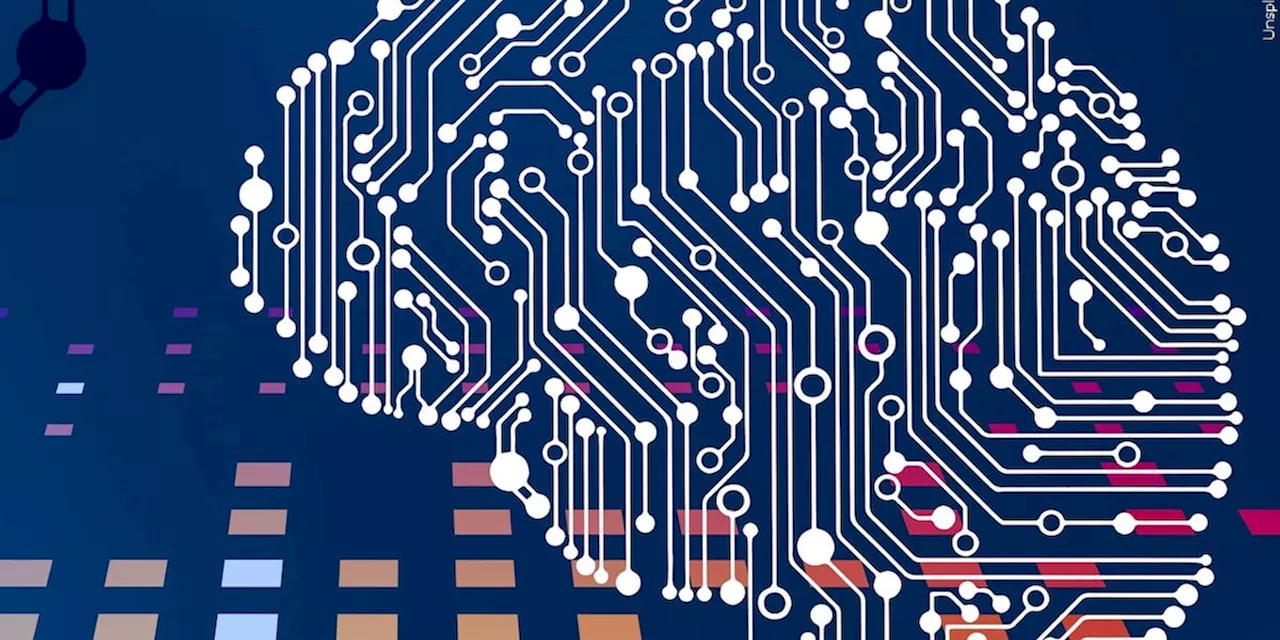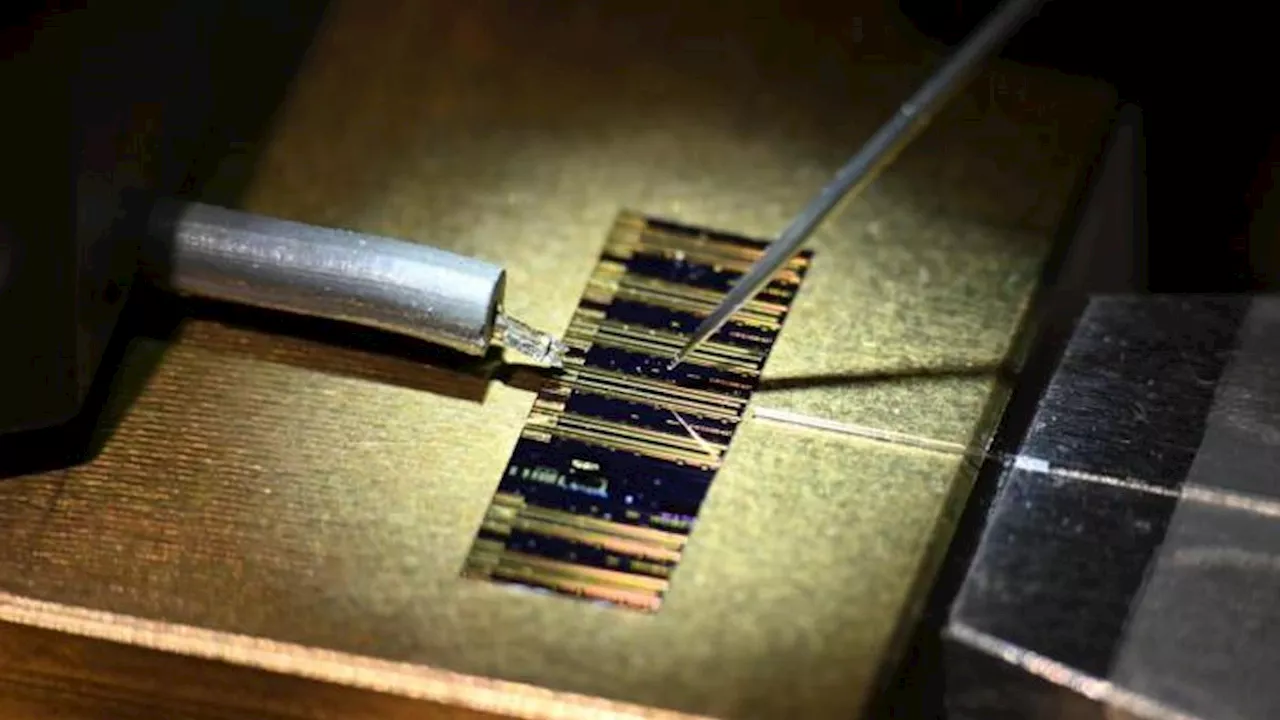Scientists have developed a groundbreaking new type of artificial neuron that utilizes lasers to transmit information via graded signals. This innovation allows for significantly faster data processing compared to traditional spiking neurons, potentially revolutionizing fields like AI and edge computing.
The ultimate action-packed science and technology magazine bursting with exciting information about the universeEngaging articles, amazing illustrations & exclusive interviewsScientists have developed a new kind of laser-based artificial neuron that mimics a biological nerve cell. This artificial neuron could boost high-speed computing and
Existing artificial neurons, which are known as photonic spiking neurons, mimic biological spiking neurons by responding to these input signals with all-or-nothing, on-and-off spikes. But the way in which the neurons receive those input signals means that, for a short time after each spike, they cannot respond to new inputs. This brief reset period puts a speed limit on computations performed with artificial spiking neurons.
ARTIFICIAL NEURONS LASER TECHNOLOGY COMPUTING SPEED AI EDGE COMPUTING
United States Latest News, United States Headlines
Similar News:You can also read news stories similar to this one that we have collected from other news sources.
 The fastest growing job sector is AI, report saysThe top two jobs were artificial intelligence engineer and artificial intelligence consultant.
The fastest growing job sector is AI, report saysThe top two jobs were artificial intelligence engineer and artificial intelligence consultant.
Read more »
 Plant-based breakthrough boosts water-based zinc batteries’ performance in coldThe zinc battery breakthrough uses the konjac plant – a root vegetable which is native to China and is considered to be rich in fiber.
Plant-based breakthrough boosts water-based zinc batteries’ performance in coldThe zinc battery breakthrough uses the konjac plant – a root vegetable which is native to China and is considered to be rich in fiber.
Read more »
 Spiking Neurons: A New Path to More Energy-Efficient AI?AI applications like ChatGPT are energy-intensive due to their reliance on standard artificial neural networks. A recent study suggests that spiking neurons, which mimic the way biological neurons communicate, could offer a more energy-efficient alternative. While training spiking neurons has been challenging in the past, this new research indicates that standard training methods may be adaptable to these networks, paving the way for more sustainable AI development.
Spiking Neurons: A New Path to More Energy-Efficient AI?AI applications like ChatGPT are energy-intensive due to their reliance on standard artificial neural networks. A recent study suggests that spiking neurons, which mimic the way biological neurons communicate, could offer a more energy-efficient alternative. While training spiking neurons has been challenging in the past, this new research indicates that standard training methods may be adaptable to these networks, paving the way for more sustainable AI development.
Read more »
 'Ding-dong:' A study finds specific neurons with an immune doorbellNeuroscientists have identified that the receptor IL-1R1 plays a critical role in enabling neurons to directly communicate with the immune system. The new study provides the most detailed mapping of neuronal IL-1R1 (nIL-1R1) expression in the mouse brain, clarifying prior inconsistencies.
'Ding-dong:' A study finds specific neurons with an immune doorbellNeuroscientists have identified that the receptor IL-1R1 plays a critical role in enabling neurons to directly communicate with the immune system. The new study provides the most detailed mapping of neuronal IL-1R1 (nIL-1R1) expression in the mouse brain, clarifying prior inconsistencies.
Read more »
 Scientists Identify Neurons in Mice That Can Induce Hibernation-Like StateResearchers have discovered neurons in mice that, when activated, can alter the body's metabolic rate and induce a state similar to hibernation. This groundbreaking finding was achieved by stimulating the hypothalamus preoptic area in the brain using ultrasound.
Scientists Identify Neurons in Mice That Can Induce Hibernation-Like StateResearchers have discovered neurons in mice that, when activated, can alter the body's metabolic rate and induce a state similar to hibernation. This groundbreaking finding was achieved by stimulating the hypothalamus preoptic area in the brain using ultrasound.
Read more »
 Scientists 'mimic real biological processes' using synthetic neuronsA new collaboration has unlocked new potential for the field by creating a novel high-performance organic electrochemical neuron that responds within the frequency range of human neurons.
Scientists 'mimic real biological processes' using synthetic neuronsA new collaboration has unlocked new potential for the field by creating a novel high-performance organic electrochemical neuron that responds within the frequency range of human neurons.
Read more »
